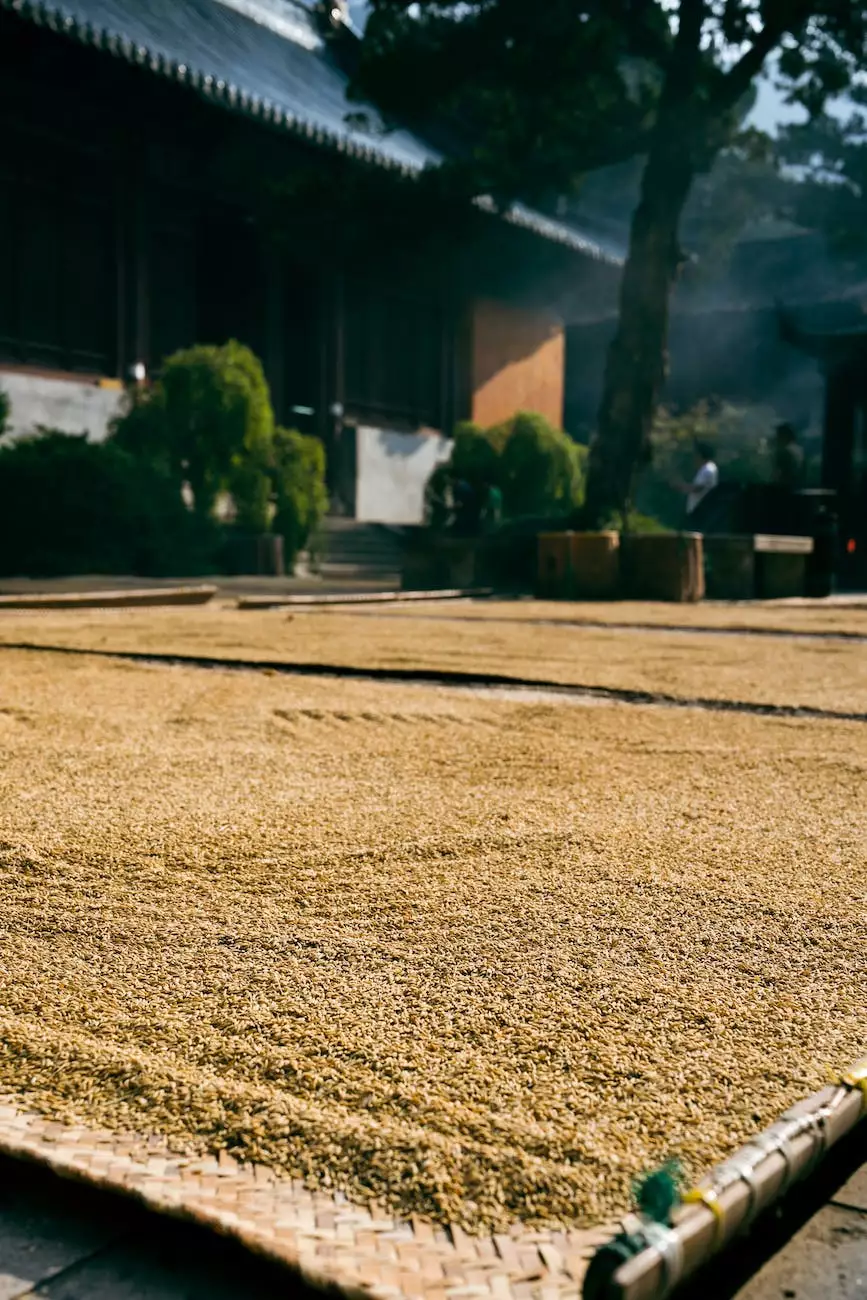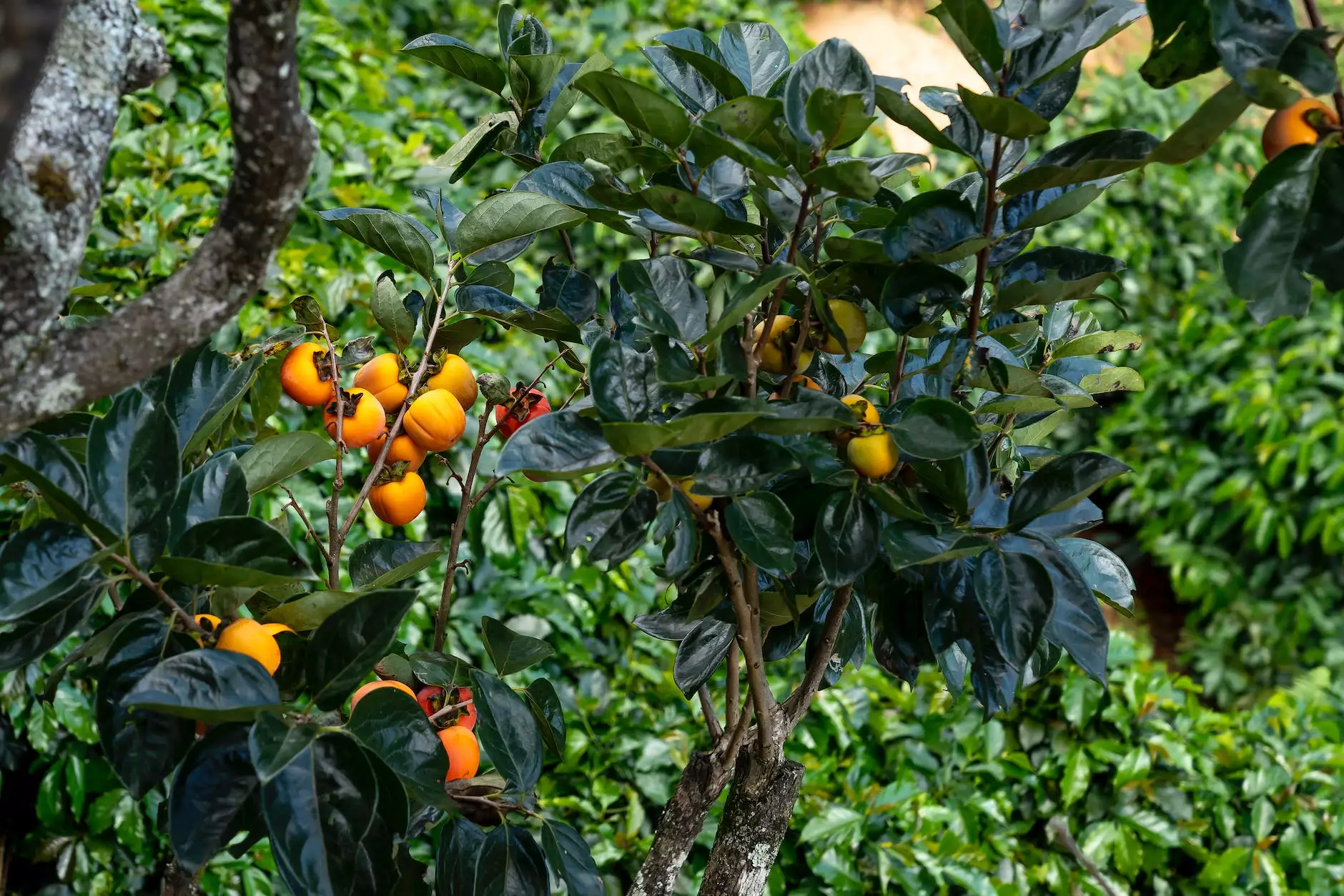Choices in Growing Mediums
Blog
Introduction
Welcome to Grow Your Own, your one-stop destination for all your gardening needs. In this article, we will explore the most popular growing mediums that can be used to replace soil. Choosing the right growing medium is essential for the success of your plants, whether you are a seasoned gardener or a beginner.
The Importance of Growing Mediums
A growing medium, also known as a substrate, is the material in which your plants grow. It provides essential nutrients, holds moisture, allows for proper root development, and supports the overall health of your plants. Finding the right growing medium for your specific gardening needs is crucial to ensure optimal growth and yield.
1. Coco Coir
Coco coir is a versatile and popular growing medium made from the fibrous husk of coconuts. It has excellent water retention properties while still maintaining good drainage. Coco coir is environmentally friendly and can be used as a soil amendment, in hydroponic systems, or as a standalone medium in container gardening. Its high nutrient content and pH stability make it a great choice for a wide range of plants.
2. Perlite
Perlite is a volcanic glass that is processed and expanded to create a lightweight and porous growing medium. It improves soil aeration, allowing roots to breathe and preventing waterlogging. Perlite is often mixed with other growing mediums to improve their drainage properties. It does not provide any nutrients, so it is best used in combination with organic matter or fertilizers.
3. Vermiculite
Vermiculite is another popular choice for growing mediums. It is a naturally occurring mineral that is heated and expanded to create a lightweight and moisture-retaining medium. Vermiculite improves soil structure, retains nutrients, and helps with seed germination. It is often used in seed starting mixes, as well as in hydroponic and container gardening setups.
4. Peat Moss
Peat moss is a common ingredient in many potting mixes and is known for its water retention capabilities. It has excellent moisture-holding capacity and provides a stable environment for root development. However, it is important to consider the environmental implications of using peat moss, as its extraction can contribute to the depletion of peat bogs.
5. Rockwool
Rockwool, also known as stone wool, is a popular choice for hydroponic systems. It is made by melting and spinning basalt rock into fine fibers, which are then formed into blocks or slabs. Rockwool provides an ideal balance of air and water for root growth and offers good insulation and pH stability. It is commonly used for starting seeds, cloning plants, and growing plants hydroponically.
6. Compost
Compost is a nutrient-rich organic growing medium that is created through the decomposition of organic matter, such as kitchen scraps, yard waste, and plant materials. It enriches the soil with essential nutrients, improves soil structure, and enhances moisture retention. Compost can be used as a standalone medium or mixed with other growing mediums to enhance their fertility and overall performance.
Conclusion
There are numerous choices when it comes to growing mediums, each with its own advantages and suitability for specific plants and gardening setups. It is important to consider factors such as water retention, drainage, nutrient content, and environmental impact when selecting the right growing medium for your needs. At Grow Your Own, you can explore a wide range of growing mediums available in our eCommerce & Shopping category to find the perfect fit for your garden.




